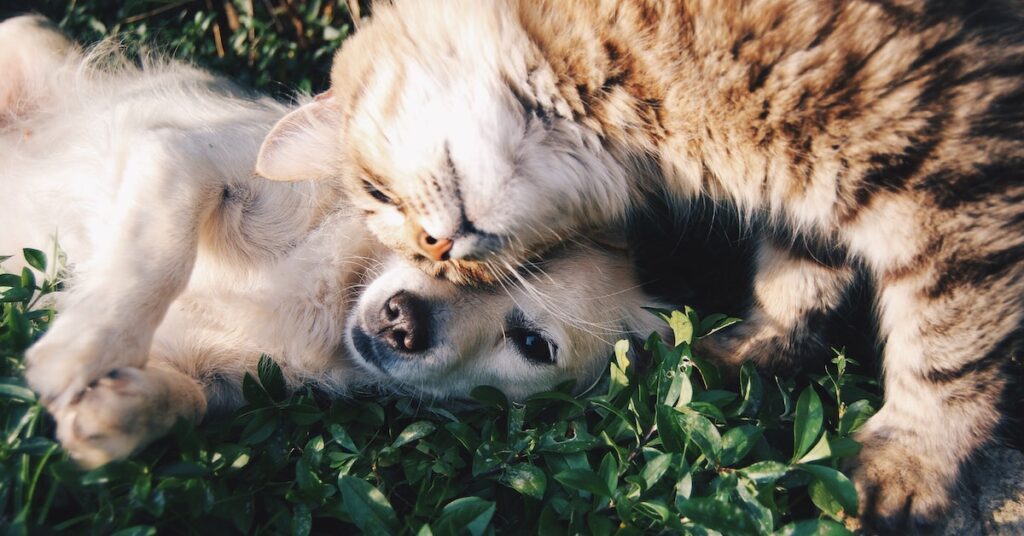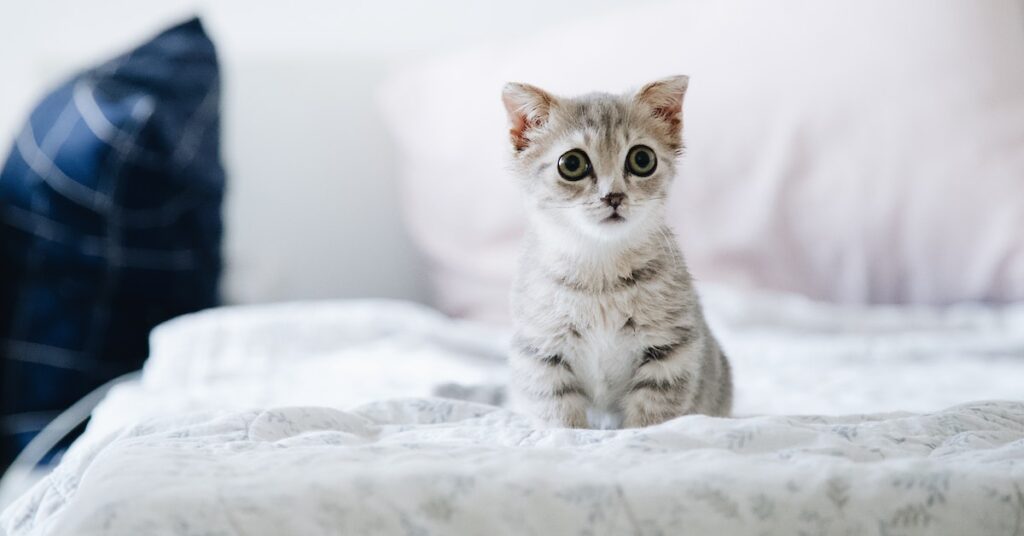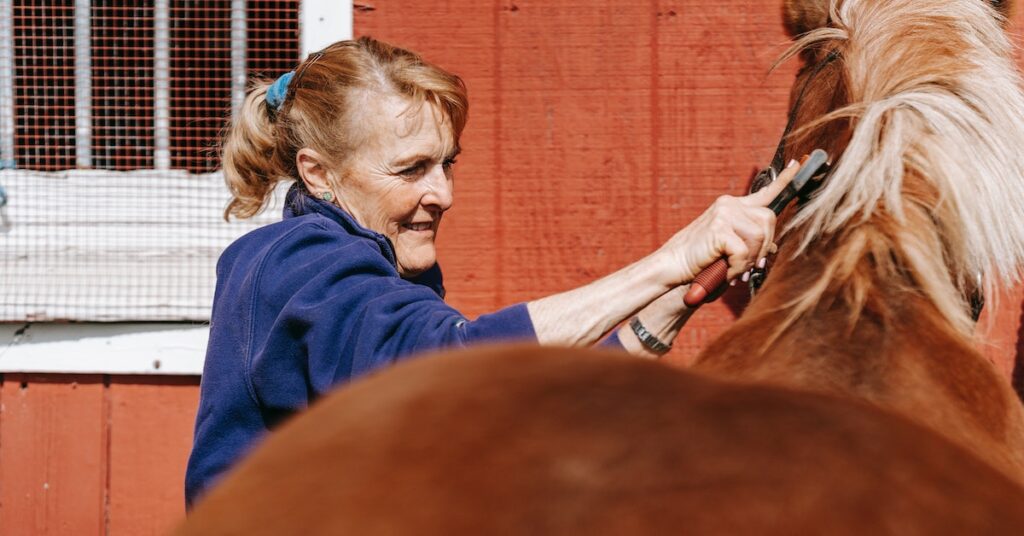This article will look at the Average Hamster Lifespan and how long a hamster can live. We’ll also discuss the different factors that can influence a hamster’s lifespan, such as their sex and the habitat they live in. If you’re interested in learning more about hamsters, check out these resources:
Average hamster life expectancy
There are several factors that determine a hamster’s lifespan and health. First, make sure you provide the right food and water for your pet. Then, make sure you give it plenty of exercise. It is also important to provide regular interactive attention. You should also have your hamster checked by a veterinarian once or twice a year. Finally, you should never leave your hamster unattended, and you should always keep a close eye on it to prevent diseases.
The average life span of a hamster is about two to two and a half years. However, some breeds live much longer, even up to three years. A hamster’s lifespan can also vary from one individual to another, so it is important to know what you’re getting into before you bring your pet home.
The average hamster life span varies by breed, but there are several things you can do to increase their lifespans. You can provide your pet with good food and water, and you can provide them with plenty of toys, which will allow them to live longer. As long as you give your hamster quality food, it’ll be healthy and happy for many years to come.
Aside from providing quality food, hamsters also need to be kept in a stress-free environment. This will help them live longer and reduce their risk of contracting diseases. They should be kept apart from one another, and they should have enough room to exercise without being cramped. It’s also important to ensure that their enclosure is clean, as bacteria and viruses can affect their health.
The average hamster lifespan depends on several factors, including the breed, where they live, and how well they’re cared for. You’ll also need to find the right hamster cage, toys, and food for your pet, and understand what can cause stress to your pet.
Average hamster lifespan by type
The average hamster lifespan varies significantly between different types. It depends on a number of factors, including genetics from parents, lifestyle, and environmental conditions. The lifespan of a hamster can be shorter or longer than that of a dog, cat, or other pet. The oldest hamster in the Guinness Book of World Records lived 4.5 years.
The average lifespan for a hamster is about 1.5 to two years. The lifespan of a Syrian hamster is a little longer, at one to two years, although some have lived longer. This type of hamster requires twice-daily attention, so make sure that your lifestyle allows for this. If you’re buying a hamster as a pet, make sure to purchase it from a reputable breeder.
Keeping hamsters in proper living conditions can extend their lifespan considerably. They need plenty of exercise, fresh water, and a healthy diet. It’s also important to provide them with a comfortable habitat where they can burrow and hide. Their environment should be clean and free of dirt or debris.
The average lifespan of a hamster varies depending on its type and environment. The average lifespan of a Syrian hamster is around two years, while the average lifespan of a Roborovski dwarf is about five to six years. In the wild, hamsters often don’t reach their first birthday, but in captivity they can live for up to six years. In addition, there are a number of factors that determine a hamster’s lifespan, including the care and protection provided by the owner.
The average lifespan of a hamster will depend on genetics, environment, and overall health conditions. As the hamster ages, its skin becomes grey and it may become blind or ill more quickly. It’s also important to observe any signs of deterioration and seek veterinary care when necessary.
Average hamster life expectancy by sex
The average hamster life expectancy depends on many factors. The first is how long the hamster spends in its prime. Most hamsters reach sexual maturity at around one year, when they still have a high metabolism and a playful nature. The second factor is its environment. Hamsters are nocturnal creatures, and they seldom get up before 10 p.m. At night, they usually nibble on the cage.
Male and female hamsters are sexually mature at about ninety grams of body weight. During the winter months, fertility in hamsters begins to decrease. Females should not breed until they are 90-100 grams in weight. After this, they should be separated from each other. Females and males of the same sex should not be kept together because they will fight.
The lifespan of Syrian hamsters varies according to their sex. Males have a shorter life expectancy than females. Males tend to have larger testicles and larger spleens. Females have smaller testicles and brains.
Older hamsters may drink less and eat less than younger ones. They may also have lower immune systems and may need veterinarian care. They are more prone to disease, including heart disease and cancer. As a result, older hamsters may have to be checked by a veterinarian frequently.
Hamsters live from nine to fifteen months. However, some have lived up to two years. Their nocturnal lifestyle makes it important to monitor them closely. Their cages should be clean and free of messes, which will ensure their health. A yearly visit to the veterinarian is essential.
Impacts of habitat on hamster’s lifespan
The quality of a hamster’s environment has a huge impact on its longevity. Apart from fresh water and a well-lit cage, hamsters also need appropriate food and bedding. Hamsters require food that contains protein pellets, corn, and seeds. You can also supplement their diet with vegetables and almonds. They also need fresh water every couple of days. Hamsters’ habitat should be clean and free from debris, as this can cause infections and other illnesses.
Depending on their breed and environment, hamsters can live anywhere from one to eight years. Their lifespans vary widely between species, with the Roborovski dwarf hamster living the longest and the Chinese dwarf the shortest. Even though hamsters have an average lifespan of two years, they are known to live up to four years in captivity.
Golden hamsters, for example, have a close association with croplands. This may be because of the abundant food and cover they require. They prefer grains, but will also eat weeds and fruits. Golden hamsters do not migrate and do not have large populations in the wild.
Hamsters are live animals and are not easy to handle. They require a healthy diet consisting of vegetables, fruits, and grains. A healthy diet should be high in fiber and low in sugar. Their habitat must be large enough to allow them to stretch and play. Hamsters do not do well in soft metals or metal cages.
The life span of a hamster depends on several factors, including genetic predisposition and breed. However, the largest factor determining the length of their lives is the size of their habitat. The smaller the habitat, the shorter the lifespan. As a result, dwarf hamsters have a shorter lifespan than other breeds.
Impacts of age on hamster’s health
Your hamster’s health is influenced by its age, and there are some signs to look out for that can signal a problem. For example, as it ages, it will no longer be as interested in eating as it once was. It will make fewer trips to the food dish, and may place less food in its cheek pouch. In addition, it will become thin and frail. To avoid this from happening, it’s important to offer softer foods.
Aside from the normal signs of aging, hamsters can also develop certain diseases as they age. These diseases are referred to as geriatric diseases and usually affect hamsters that are over a year of age. They can include amyloidosis, which is a disease in which protein deposits form in organs. Other common geriatric diseases include stomach ulcers, blood clots in the heart, and tumors. Most of these diseases are treatable with supportive care.
Other diseases that hamsters can develop include ringworm and mites. These conditions can lead to early death. A veterinarian can determine the cause of any of these problems through skin scrapings and fungal cultures. Certain foods, such as cedar shavings, can cause skin problems in hamsters.
Age also affects the amount of energy a hamster has. An older hamster’s delta power decreases. This makes it harder for them to perform basic tasks, including eating. Furthermore, their eyesight may deteriorate as a result of aging.
Another study found that adult hamsters with limited sunlight were more prone to depression than those with more daylight. Researchers also examined whether short days during birth affected depression in adulthood. Results were mixed, but some hamsters born during wintertime were more likely to develop depression. Moreover, hamsters exposed to limited daylight prior to weaning showed depressive-like behaviors.








